In the healthcare industry, trust and privacy are paramount. Patients and providers alike demand reassurance that sensitive data is being handled securely and ethically. As data breaches and cybersecurity threats make headlines, healthcare organizations have a unique opportunity to differentiate themselves by showcasing their commitment to data privacy and compliance.
For healthcare marketers, emphasizing strong privacy practices, such as HIPAA compliance and cutting-edge data security measures, isn’t just a regulatory necessity—it’s a strategic advantage. This blog explores how to turn data privacy into a compelling value proposition that resonates with hospitals, clinics, and healthcare networks.
Why Data Privacy Matters to Healthcare Audiences
Healthcare professionals operate in one of the most highly regulated and privacy-sensitive industries. Their ability to deliver care hinges on secure and accurate data management. When choosing partners, they look for organizations that prioritize data security as much as they do.
Highlighting your commitment to data privacy addresses several key buyer concerns:
- Regulatory Compliance: Ensuring patient confidentiality is a non-negotiable requirement for any healthcare partner. Compliance with standards like HIPAA or GDPR signals reliability.
- Trust and Transparency: Organizations that communicate openly about their privacy practices foster trust with their audience.
- Risk Mitigation: Data breaches can lead to severe financial penalties and reputational damage. Healthcare organizations want partners who reduce, not add to, their risks.
By aligning your marketing with these priorities, your brand becomes a trusted ally in a challenging landscape.
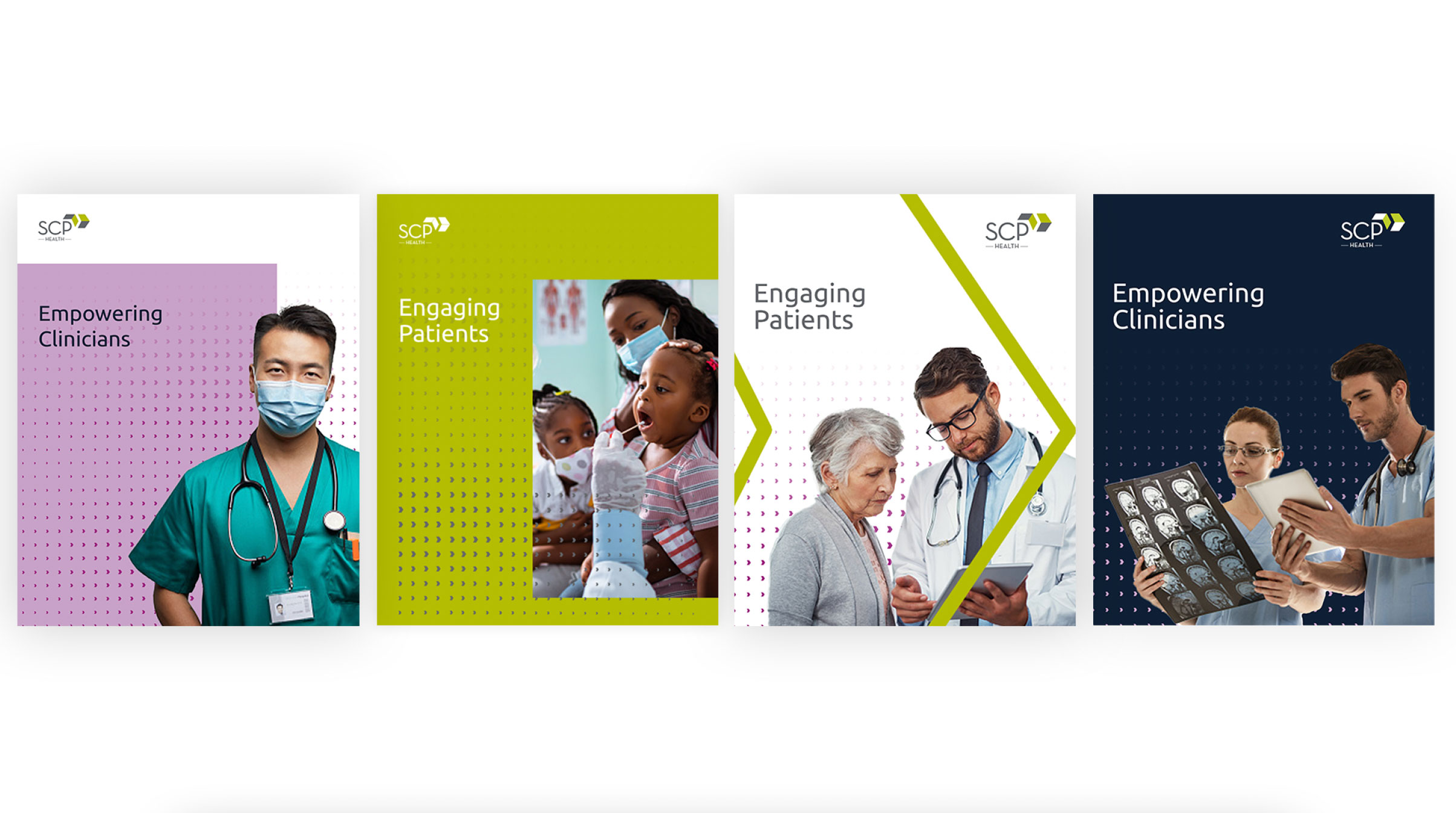
Turning Compliance into a Competitive Edge
Many healthcare companies view compliance as a box to check, but savvy marketers understand its potential as a selling point. Here’s how to elevate compliance from a baseline requirement to a standout feature:
- Showcase Certifications: Use your marketing materials to prominently feature industry certifications and accreditations. This reassures buyers that your processes meet or exceed regulatory standards.
- Educate Your Audience: Share blogs, videos, or whitepapers that explain complex data privacy topics in accessible language. For example, create content that demystifies HIPAA or offers tips for avoiding common compliance pitfalls.
- Promote a Proactive Approach: Highlight how your brand goes beyond basic compliance to implement advanced security measures, such as data encryption, threat detection, or regular audits.
These efforts position your brand as a partner that prioritizes customer safety and peace of mind.
Crafting a Privacy-Focused Brand Narrative
Marketing campaigns that weave privacy into their core messaging stand out in a crowded field. To craft a compelling narrative:
- Focus on the Human Impact: Remind your audience that data privacy isn’t just about technology—it’s about protecting patients’ lives and well-being.
- Highlight Your Role as a Guardian: Frame your organization as a protector of sensitive healthcare information.
- Use Real-World Examples: Share anonymized case studies to illustrate how your privacy protocols have successfully safeguarded patient data or avoided breaches.
When your messaging resonates on an emotional level, it leaves a lasting impression.
Tools and Channels to Amplify Your Message
To effectively convey your commitment to data privacy, leverage the right platforms and strategies:
- LinkedIn Thought Leadership: Publish posts or articles that share your team’s insights on data privacy trends in healthcare.
- Email Campaigns: Develop segmented campaigns targeting different audiences, such as CIOs or compliance officers, emphasizing your privacy strengths.
- Trade Shows and Events: Use conferences to showcase your expertise, whether through speaking engagements or interactive booth displays that highlight your security protocols.
These efforts ensure your message reaches decision-makers and influencers across the healthcare ecosystem.
Building Trust Through Data Privacy
In today’s healthcare landscape, a brand’s commitment to data privacy can set it apart from competitors. By proactively addressing privacy concerns and demonstrating compliance, healthcare marketers can build trust, foster long-term relationships, and create a competitive edge.
Are you ready to position your healthcare brand as a leader in data privacy and security? Contact Bluetext today to learn how we can help you create impactful campaigns that resonate with your audience.
As the marketing landscape continues to evolve at a breakneck pace, businesses must look ahead to stay competitive in the years to come. By 2025, the strategies that once worked will need to be adapted to meet new expectations and leverage emerging technologies. From AI-driven personalization to sustainability in brand messaging, the future of marketing will be shaped by innovation, agility, and a deep understanding of consumer preferences.
In this blog, we’ll explore the key trends that will drive marketing success in 2025 and provide actionable steps businesses can take today to future-proof their marketing efforts.
The Power of AI-Driven Personalization
Artificial intelligence (AI) is transforming marketing by enabling hyper-personalized customer experiences at scale. AI tools can analyze vast amounts of customer data, allowing brands to predict behavior, deliver tailored content, and create highly relevant recommendations. This level of personalization not only enhances customer satisfaction but also fosters brand loyalty.
For instance, companies like Netflix and Amazon have mastered the art of AI-driven personalization, delivering content and product recommendations based on user preferences and behavior. As we approach 2025, consumers will expect this kind of personalized experience from every brand they interact with.
Actionable Step: Invest in AI-powered marketing tools that allow you to gather and analyze customer data effectively. Start by integrating AI into your email marketing, content delivery, and e-commerce platforms to offer personalized recommendations and improve engagement.

Omnichannel Customer Experiences
In 2025, the line between online and offline experiences will blur even further, with customers expecting seamless interactions across multiple touchpoints. An omnichannel marketing strategy ensures that no matter where your audience engages with your brand—whether it’s through social media, email, in-store, or mobile apps—the experience feels unified and consistent.
Leading brands are already embracing omnichannel strategies to create frictionless experiences. For example, Starbucks’ mobile app integrates with in-store interactions, allowing customers to order ahead, earn rewards, and pay seamlessly. This kind of cohesive approach will be crucial to staying competitive.
Actionable Step: Begin mapping out your customer journey to identify where your audience engages with your brand. Develop a strategy that ensures a consistent brand message and customer experience across all platforms and devices.
Embracing Sustainability in Brand Messaging
As consumers become more socially conscious, sustainability is no longer a nice-to-have but a necessity for brands looking to build trust and loyalty. By 2025, sustainability will be a key driver of purchase decisions, with customers seeking out brands that align with their values, particularly regarding environmental and ethical concerns.
Brands like Patagonia and Allbirds have built their entire ethos around sustainability, and their transparent, eco-friendly practices resonate deeply with today’s consumers. As environmental concerns grow, incorporating sustainability into your marketing messaging will become even more critical.
Actionable Step: Assess your brand’s current sustainability efforts and look for ways to authentically integrate these values into your marketing. Share your sustainability initiatives openly, whether through product development, sourcing, or corporate social responsibility.

Investing in Data Analytics for Better Decision-Making
Data will continue to be the lifeblood of effective marketing strategies in 2025. Brands that harness the power of data analytics will be better equipped to make informed decisions, predict trends, and tailor their campaigns to meet customer expectations. The ability to access real-time insights and predictive analytics will set top performers apart from the competition.
However, with the rise of data privacy regulations, businesses must also be mindful of how they collect and use customer data. Ethical data practices will be critical in building trust with consumers who are increasingly concerned about privacy.
Actionable Step: Invest in advanced data analytics tools and teams to improve your ability to make data-driven decisions. Ensure your data collection processes are transparent and ethical, and prioritize data security to build consumer trust.
Refining Digital Transformation Strategies
Digital transformation isn’t a one-time event—it’s an ongoing process that must evolve alongside new technologies and customer behaviors. As we look toward 2025, businesses that remain agile and continue to refine their digital transformation strategies will be better positioned to succeed.
Mobile-first approaches, automation, and digital agility will be essential in delivering the seamless experiences customers expect. Brands that fail to evolve their digital capabilities risk falling behind competitors who embrace the latest innovations in digital marketing.
Actionable Step: Continuously assess your digital channels and invest in technologies that enable you to deliver personalized, mobile-first experiences. Stay on top of emerging trends and be prepared to pivot your digital strategies as needed.
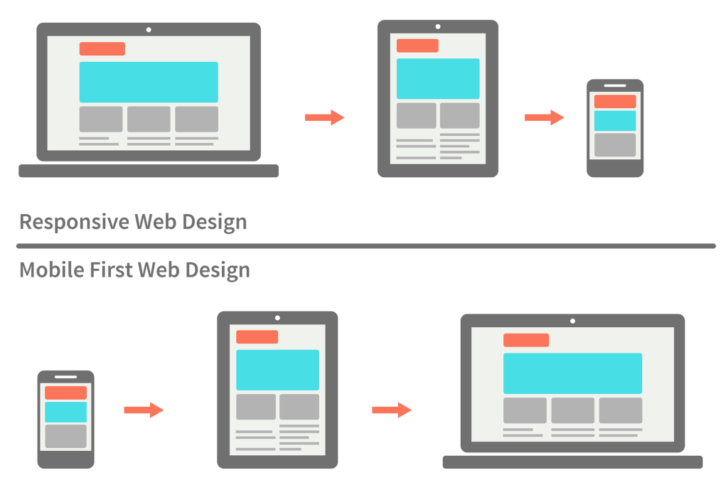
Embracing Ethical Marketing Practices
In 2025, consumers will increasingly favor brands that operate with transparency, inclusivity, and ethical values. Ethical marketing goes beyond avoiding misleading ads—it’s about building long-term trust through honesty, accountability, and a commitment to doing good.
Brands that embrace ethical marketing practices will resonate more deeply with today’s socially conscious consumers. This includes promoting diversity and inclusion, supporting social causes, and being transparent about business practices.
Actionable Step: Review your marketing practices and ensure they align with ethical standards. Be transparent about your brand’s values, and show genuine support for causes that matter to your audience. This will help build long-term loyalty and trust with your customers.
Agility and Innovation: The Cornerstones of Future Marketing
The future of marketing belongs to brands that can adapt quickly to change and foster a culture of innovation. Whether it’s responding to new consumer behaviors, pivoting during a crisis, or leveraging emerging technologies, agility will be key to staying competitive in 2025.
Agile marketing allows teams to iterate quickly, test new ideas, and respond to real-time feedback. Brands like Spotify and Nike have shown how an agile approach enables them to stay ahead of trends and maintain a strong connection with their audience.
Actionable Step: Build an agile marketing team by fostering a culture of experimentation and innovation. Encourage your team to test new ideas, iterate quickly, and adapt to changes in the marketplace.
Take the First Steps Toward Future-Proofing Your Marketing
As the marketing landscape continues to evolve, businesses that embrace AI-driven personalization, omnichannel experiences, sustainability, and ethical marketing will be well-positioned for success in 2025. But to stay competitive, brands must also remain agile and open to innovation.
Contact Bluetext today to start future-proofing your marketing strategies and ensure your brand is ready to thrive in the years to come.
When most people think of gamification, they imagine its applications in video games or perhaps education, where rewards and competition motivate learners. However, the potential for gamification goes far beyond these fields. Today, industries like healthcare, finance, and insurance are leveraging gamification to create more engaging experiences, motivate their audiences, and drive meaningful change. In this blog, we explore how non-traditional sectors are using gamification to innovate and transform the way they interact with both customers and employees.
What is Gamification? A Brief Overview
At its core, gamification refers to the application of game-like elements—such as points, rewards, challenges, or leaderboards—in non-game environments. By tapping into human psychology and the desire for competition, achievement, and recognition, gamification can drive engagement, motivate behavior, and improve the overall user experience.
Traditionally, gamification has been used in the gaming industry and education. However, its principles can be applied across a wide range of industries, with many non-traditional sectors beginning to recognize its power.
Healthcare: Gamification for Better Health Outcomes
One sector that has embraced gamification in surprising ways is healthcare. From fitness apps that track your steps and reward you with badges to mental health platforms that encourage mindfulness practices through daily challenges, gamification is helping patients take a more active role in managing their health.
Consider how apps like MyFitnessPal or Fitbit incorporate game mechanics to encourage users to meet their health goals. These platforms rely on progress tracking, streaks, and social competition to motivate users to make healthier choices. Hospitals and healthcare providers have also jumped on board by using gamified programs to encourage patient adherence to treatment plans. For example, a platform like Mango Health uses gamification to reward patients for taking their medications on time, which has been shown to improve long-term adherence rates.
Beyond patient care, gamification is also making waves in medical training. Virtual simulations with gamified elements are helping healthcare professionals sharpen their skills, offering interactive environments where doctors and nurses can practice procedures or diagnose conditions.
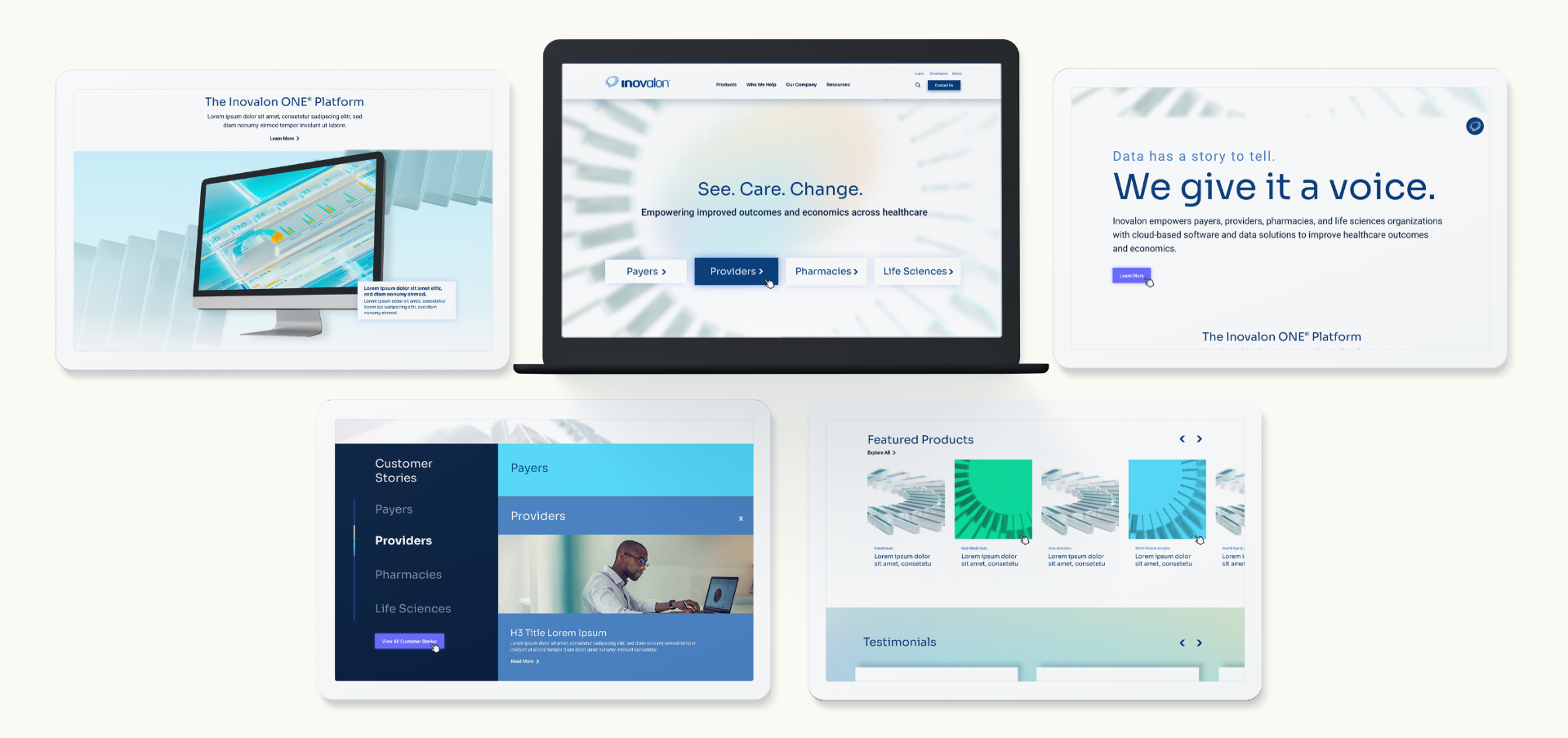
Finance: Engaging Users Through Gamified Learning and Rewards
The finance sector has also discovered the potential of gamification, particularly in educating customers and encouraging better financial habits. Personal finance apps like Mint and YNAB (You Need A Budget) have transformed the often-daunting task of budgeting into something interactive and rewarding. These platforms use gamified features such as goal-setting, progress bars, and rewards to motivate users to save money, reduce debt, and invest wisely.
Fintech companies and even traditional banks are increasingly integrating gamification into their loyalty programs. For instance, some credit card companies now offer rewards based on certain spending behaviors, turning ordinary purchases into opportunities to earn points, unlock levels, and gain exclusive benefits. These incentives not only drive engagement but can also improve financial literacy among users.
Moreover, some companies are using gamified learning platforms to educate customers about complex financial products. For example, certain investment apps offer users the chance to simulate stock trading, rewarding them for making smart investment choices without the risk of real losses.
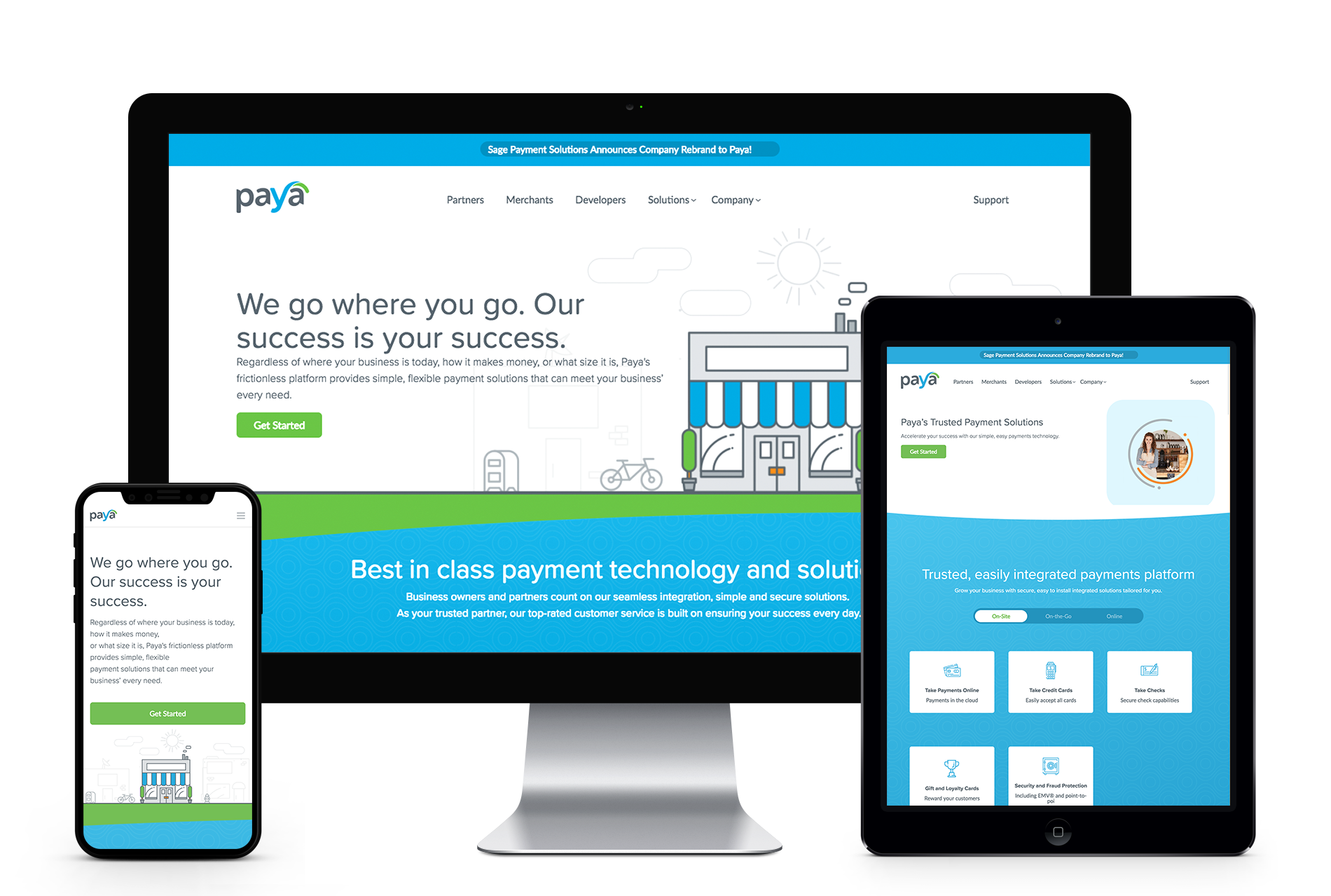
Other Non-Traditional Sectors Adopting Gamification
Beyond healthcare and finance, other sectors are beginning to explore the potential of gamification. For example, insurance companies are experimenting with gamified apps that reward customers for safe driving habits or completing wellness assessments. By turning these mundane tasks into interactive challenges, insurers are encouraging healthier behaviors and lowering risk, benefiting both the company and the customer.
Professional services firms and government agencies are also getting in on the trend. Gamified platforms are increasingly being used for employee training and compliance programs. These sectors are making traditionally dry content more engaging by offering badges, certificates, or even leaderboards to reward participation and completion. This shift towards gamification not only improves retention of information but also encourages employees to engage with content more enthusiastically.
The Psychological Drivers Behind Gamification
So why does gamification work so well, even in industries that aren’t typically associated with “fun”? The answer lies in psychology. Gamification taps into our intrinsic motivations by offering immediate feedback, a sense of accomplishment, and rewards for progress. This triggers the brain’s dopamine pathways, creating a feeling of pleasure and satisfaction that encourages users to continue the behavior.
By implementing features such as leaderboards, challenges, and rewards, companies can encourage both customers and employees to complete specific tasks or engage with their content more frequently. Whether it’s tracking daily health habits or learning new financial skills, gamification works because it transforms routine tasks into something engaging and rewarding.

Challenges and Ethical Considerations
While gamification offers many advantages, it’s important to acknowledge the challenges it presents, particularly in sectors like healthcare and finance where ethical concerns are paramount. One major consideration is ensuring that gamification is used responsibly and does not exploit users’ behaviors in harmful ways. For example, rewarding users for health behaviors must be done in a way that promotes long-term well-being rather than short-term gratification.
Additionally, integrating gamification into industries resistant to change—such as heavily regulated sectors like insurance or government—requires careful strategy and stakeholder buy-in. Success depends on how well these elements align with the sector’s existing processes and customer expectations.
Unlocking the Power of Gamification in Non-Traditional Sectors
Gamification has the power to transform how non-traditional sectors engage with their audiences. By using game-like elements to drive user participation, healthcare, finance, insurance, and other industries are creating more interactive, motivating, and impactful experiences. The future of gamification is bright, and its potential is only beginning to be realized in industries that once seemed unlikely candidates.
At Bluetext, we help businesses across all sectors leverage gamification to elevate customer engagement and drive behavior change. Whether you’re looking to educate, motivate, or simply make your services more engaging, we have the expertise to design gamified solutions that work for your industry. Contact us today to learn more.
When most people think of Halloween, images of pumpkins, spooky costumes, and haunted houses come to mind. But beyond trick-or-treating and ghost stories, Halloween offers a unique opportunity for businesses—especially B2B brands—to inject some creative flair into their branding efforts. While holidays like Halloween are often associated with B2C marketing, B2B companies can take advantage of the seasonal excitement to engage clients, refresh their brand image, and stand out in competitive markets.
In this post, we’ll explore how B2B brands can embrace the spooky spirit to reinvent their branding, from visual elements to clever campaigns. Let’s dive into the ways Halloween can offer both a temporary and lasting boost to your company’s image.
1. Leveraging Halloween for Seasonal Campaigns
Themed campaigns tied to specific holidays can be an effective way to create buzz and engage your audience. Halloween, with its playful, fun atmosphere, is the perfect backdrop for creativity. By leaning into the festive spirit, B2B companies can use Halloween as an opportunity to showcase a different side of their brand, one that’s more approachable, memorable, and human.
Consider running a limited-time promotion or launching a Halloween-themed product campaign. For example, a cybersecurity company could promote a “hauntingly good” offer on their services, while a SaaS provider might roll out a themed demo or tutorial to highlight “scary” data risks and how their product can help.
Seasonal campaigns give brands a chance to engage customers in a way that feels timely and relevant, boosting visibility and generating excitement.
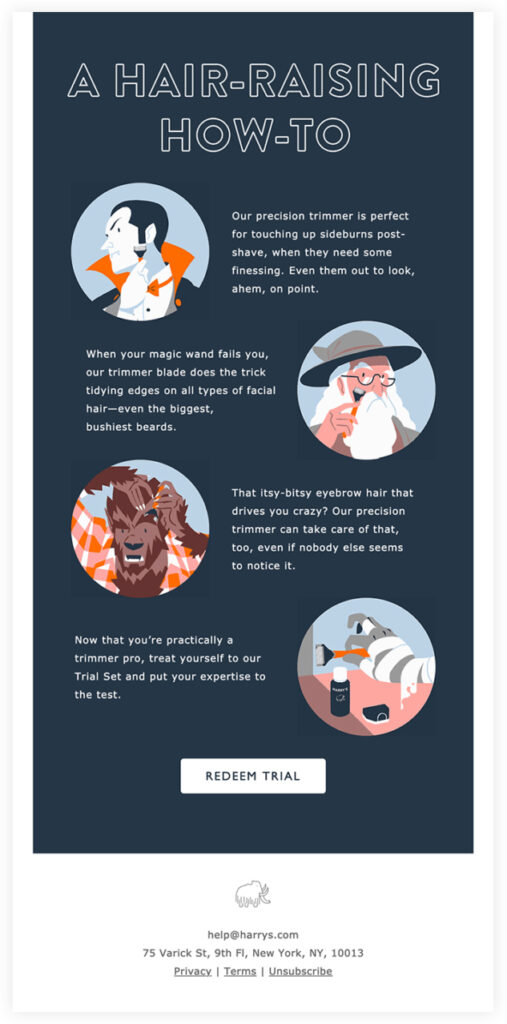
2. Spooky Visuals & Branding Elements
Halloween is all about striking visuals—think eerie shadows, bold colors, and playful characters. B2B brands can temporarily refresh their image by incorporating Halloween-themed elements into their logos, websites, or social media channels. A temporary logo redesign featuring bats, pumpkins, or a spooky color palette can add a touch of fun to your brand without compromising professionalism.
Playful visuals also attract attention in crowded digital spaces, encouraging users to stop and engage with your brand. Adding subtle Halloween elements to your website banners, social posts, or email campaigns can help create a cohesive, festive feel.
At Bluetext, we work with brands to ensure that their seasonal visuals remain true to their overall identity while capturing the spirit of the occasion. Done right, spooky visuals can not only engage your audience during Halloween but also position your brand as creative and adaptable long-term.
3. Spooky Copywriting & Themed Messaging
Words matter, especially when they come with a twist of spooky fun. Halloween-themed copy can help your messaging stand out in an otherwise dry B2B environment. Think about using clever, eerie puns or references in your marketing materials—whether it’s a tagline like “Don’t let your data ghosts haunt you!” or email subject lines like “A Frighteningly Good Offer Awaits.”
Spooky messaging can also humanize your brand by allowing a lighter, more playful tone. Just remember to balance the festive fun with your overall brand voice, ensuring you maintain credibility while having fun with your audience.
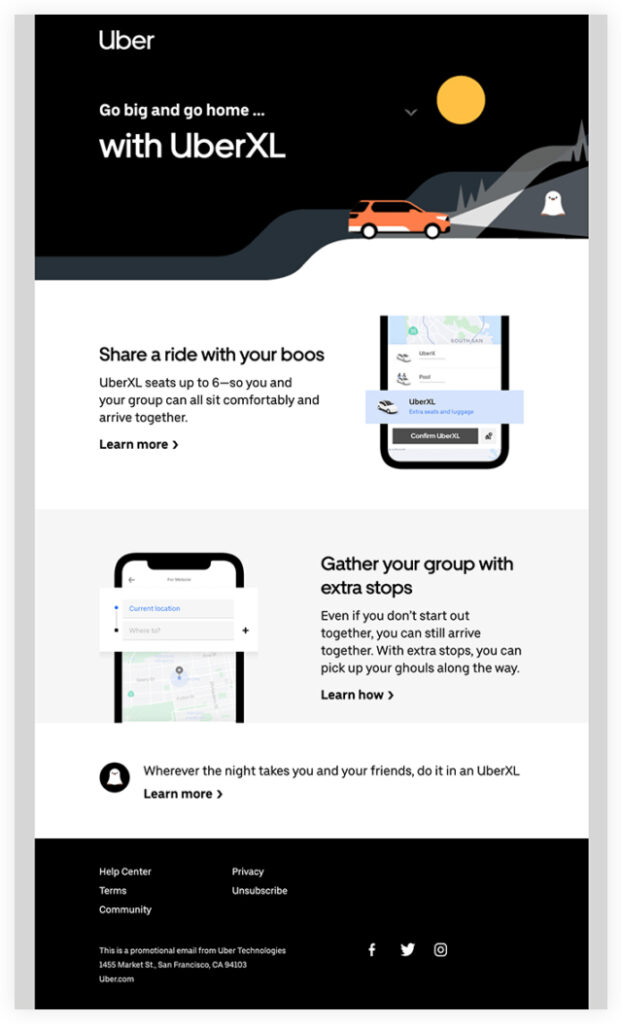
4. Halloween as a Gateway to a Brand Refresh
What starts as a seasonal campaign can sometimes inspire larger, more permanent shifts in your brand’s identity. By experimenting with Halloween-themed visuals, messaging, and promotions, you may discover new ideas that resonate with your audience and can be carried forward into your long-term strategy.
For example, the introduction of a temporary mascot for a Halloween campaign could evolve into a recurring brand ambassador that reappears in future seasons. Or, the more playful tone used in Halloween messaging might inspire your team to adopt a friendlier, more conversational approach to your year-round communications.
Seasonal branding efforts can be a great testing ground for ideas that may eventually lead to a full-scale brand refresh. At Bluetext, we work with clients to explore these opportunities, leveraging seasonal campaigns to inform bigger shifts in brand strategy.
5. Examples of Successful Halloween Campaigns in B2B
Halloween-themed campaigns aren’t just for consumer-facing brands. In fact, many B2B companies have successfully embraced the holiday to make a lasting impression.
For example, an enterprise software company might run a Halloween-themed webinar, marketing it as “Scary Good Tips to Save Time with Automation.” A financial services firm could host a “Fright-Free Finance” event, focusing on demystifying complex financial topics with a seasonal twist. Even something as simple as incorporating spooky language into social media posts or launching a limited-time offer on services can help B2B brands join the Halloween fun.
By embracing these creative ideas, brands can increase engagement, foster stronger connections with their audience, and leave a lasting impression that extends beyond the holiday itself.
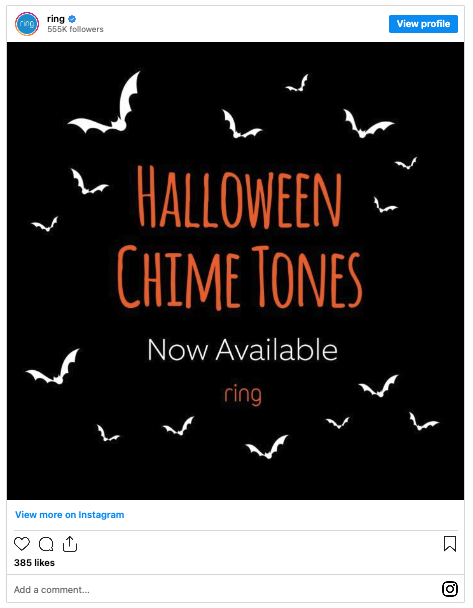
Unleash the Spooky Potential of Your Brand
Halloween offers more than just costumes and candy; it’s an opportunity for B2B brands to get creative and refresh their image. From spooky visuals and clever copy to themed campaigns that build buzz, Halloween can be the perfect catalyst for both short-term engagement and long-term brand innovation.
At Bluetext, we specialize in helping brands tap into seasonal opportunities to create lasting impact. Ready to put your own spooky spin on your brand this Halloween? Contact us today to start planning a campaign that will haunt your audience—in all the right ways.
In today’s fast-paced digital landscape, brands must continually evolve to stay relevant and competitive. One of the most transformative forces in modern branding is artificial intelligence (AI). From automating design processes to creating personalized visual experiences, AI is changing how brands are developed and perceived. But how do you leverage this cutting-edge technology to enhance your brand design while staying true to your core identity? In this post, we’ll explore how integrating AI into your brand design strategy can help you stay ahead of the curve.
The Importance of AI in Brand Design
Artificial intelligence has infiltrated almost every industry, and brand design is no exception. Traditional brand design workflows, which used to be time-intensive and reliant on human intuition, are now becoming more efficient and data-driven thanks to AI tools.
AI can assist in logo creation, generate brand color palettes, suggest fonts, and even layout entire webpages or advertisements in seconds. These tools allow businesses to produce consistent and aesthetically pleasing visuals more quickly and with fewer resources. But beyond speed and convenience, AI also introduces a level of precision and adaptability that wasn’t possible before, allowing brands to make informed, data-backed design decisions.
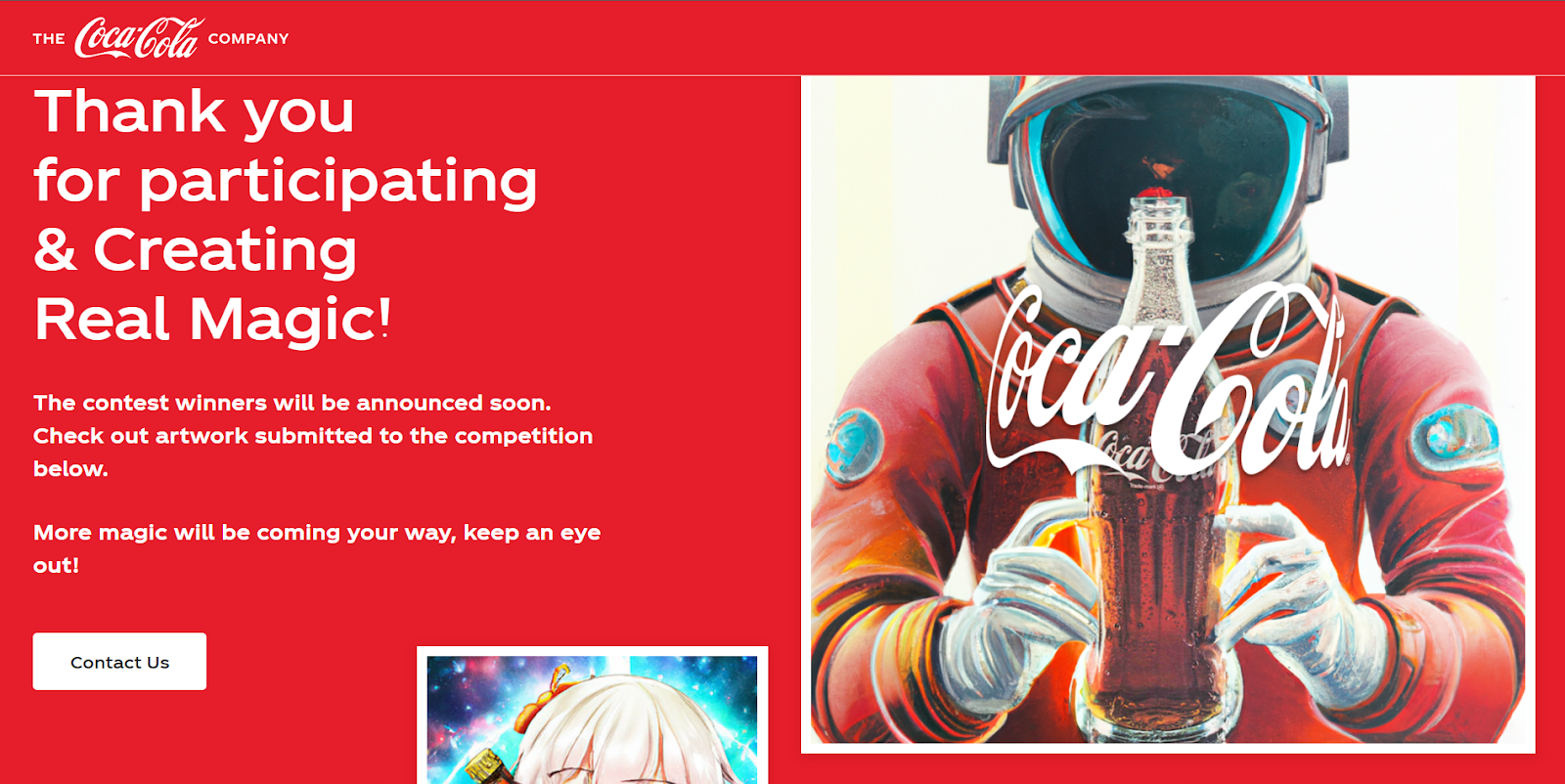
AI Tools Revolutionizing Brand Design
A host of AI-driven tools are already making waves in the design world, democratizing access to professional-level design. Tools like Adobe Firefly and Canva’s AI features enable both novice and professional designers to experiment with design elements like colors, typography, and layouts in real time. Looka, an AI logo design platform, allows users to create logos that fit their brand aesthetic in just a few clicks, using intelligent algorithms that adapt to user input.
These tools not only streamline processes but also give designers the creative freedom to focus on bigger-picture thinking while the AI handles the more repetitive aspects of design. Whether it’s generating mockups or automating the application of branding across multiple formats, AI tools are helping companies achieve consistent and impactful visual identities at scale.
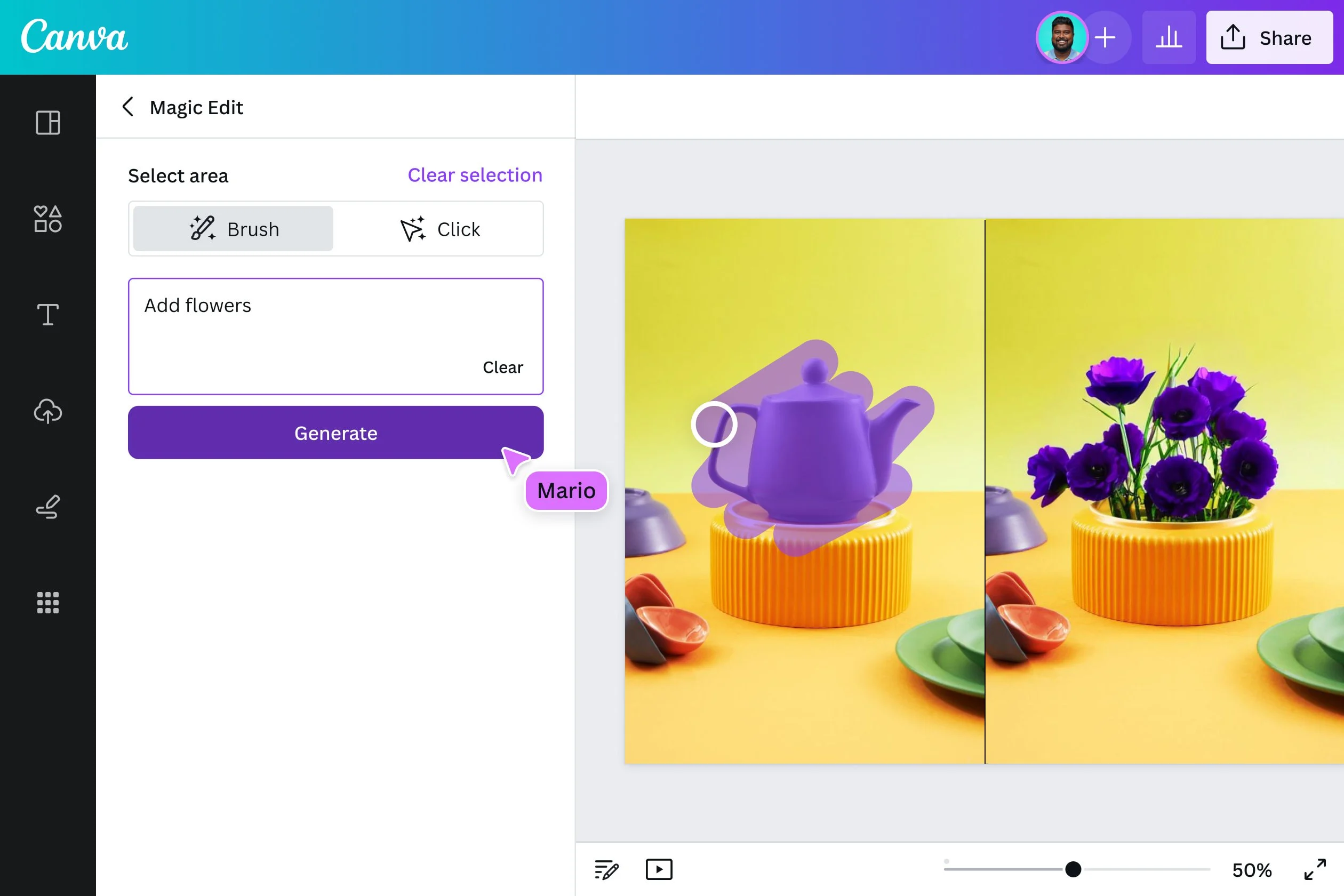
Personalization and Dynamic Design Through AI
One of AI’s most exciting applications in brand design is its ability to create personalized, dynamic visuals. By analyzing user data, AI can tailor brand experiences in real-time to better match individual preferences. This means brands can deploy personalized content, from custom website designs to targeted email visuals, based on user behavior and engagement patterns.
This level of personalization fosters a deeper connection between the brand and its audience, improving engagement and loyalty. For instance, AI can help e-commerce platforms generate product recommendations that are reflected in personalized brand designs, ensuring customers see visuals that resonate with their tastes and needs. This dynamic approach makes the brand feel more responsive, relevant, and customer-centric.
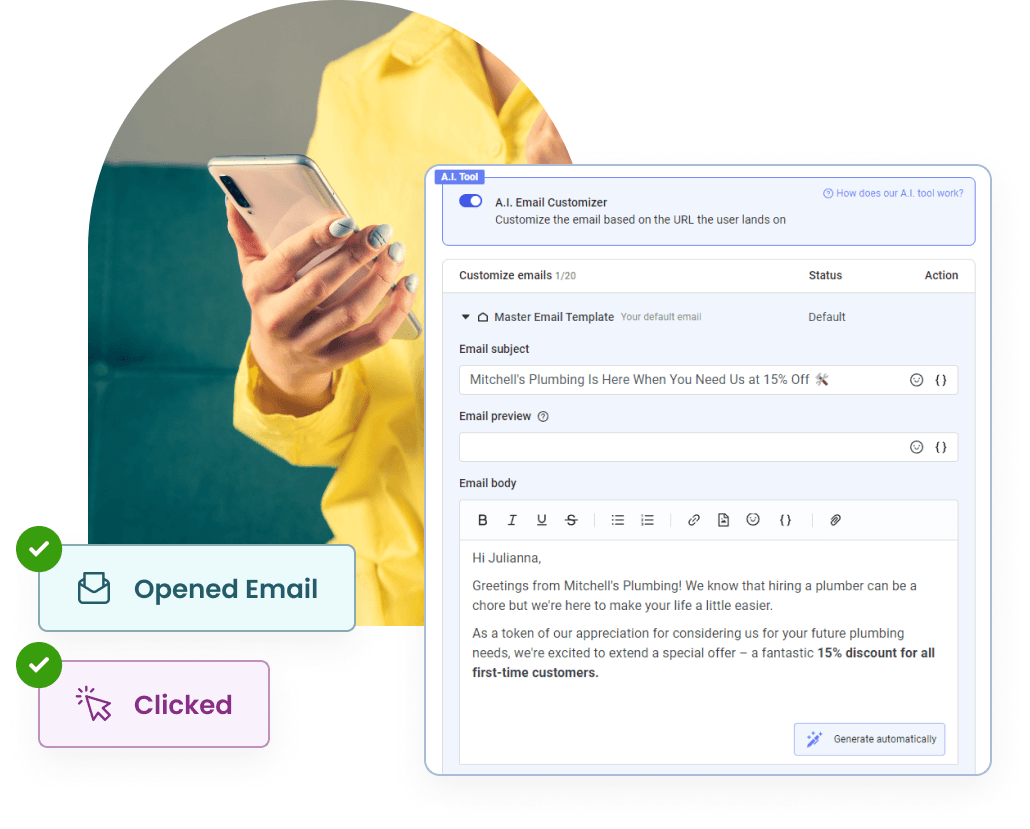
Maintaining Creativity and the Human Touch
While AI has proven itself to be a powerful tool in the designer’s toolkit, it’s important to remember that it’s not a replacement for human creativity. AI can enhance efficiency and produce data-backed designs, but the human touch is still crucial to infusing authenticity and emotion into your brand.
To maintain the balance, brands should view AI as a complement to human creativity, not a substitute. While AI can generate a polished logo in minutes, it takes a designer’s artistic vision to ensure that the logo communicates the right message and aligns with the brand’s ethos. Incorporating AI into your workflow should free up time for more strategic, creative thinking rather than completely automating the creative process.
How to Stay Ahead of the Curve
So, how can you stay ahead in this AI-driven design revolution? Here are a few practical tips:
- Start Small: Introduce AI tools incrementally into your design process. Use them to optimize repetitive tasks like resizing visuals or applying brand guidelines across platforms.
- Keep Learning: AI tools are evolving rapidly. Stay updated on new AI-powered design platforms and features to keep your workflow cutting-edge.
- Blend Creativity with AI: Don’t rely entirely on AI for design. Leverage its strengths in efficiency while maintaining human creativity to ensure your brand remains authentic and original.
- Experiment with Personalization: Use AI to create dynamic, personalized visual experiences that engage your audience. The more tailored your content is, the more effective it will be.
Conclusion
The integration of AI into brand design is not just a trend—it’s the future. AI offers unparalleled speed, precision, and customization that allow brands to innovate and compete on a global scale. However, the key to leveraging AI successfully lies in balancing its technological strengths with the creativity and emotional intelligence only humans can provide.
By embracing AI-driven tools and staying informed on the latest innovations, brands can maintain a competitive edge while still delivering designs that are authentic, personal, and aligned with their values. The future of brand design is a partnership between human creativity and AI’s efficiency—one that, when done right, will allow brands to thrive in the evolving digital landscape. Contact us today to explore how AI-powered design can elevate your brand to new heights!
In today’s competitive marketplace, customer loyalty is more valuable—and harder to earn—than ever before. Consumers have endless options at their fingertips, and brands must go above and beyond to stand out. One powerful way to secure long-term customer loyalty is through personalized rewards programs. These programs not only incentivize repeat business but also strengthen the emotional connection between the brand and the customer by making every interaction feel more meaningful.
But what does it take to design and implement a personalized rewards program that keeps customers coming back? Let’s explore the key elements of an effective, customer-centric loyalty strategy.
The Importance of Personalization in Loyalty Programs
Traditional rewards programs that offer generic incentives—such as blanket discounts or point systems—are quickly losing their appeal. Today’s customers expect more personalized, relevant experiences. Personalized rewards programs tailor benefits and incentives to individual preferences and behaviors, making customers feel valued and understood by the brand.
When done right, personalized programs can significantly boost customer retention, increase lifetime value, and enhance brand loyalty by creating unique, one-on-one relationships with customers. Instead of feeling like just another number, customers feel like they’re part of an exclusive club, which strengthens their emotional attachment to the brand.
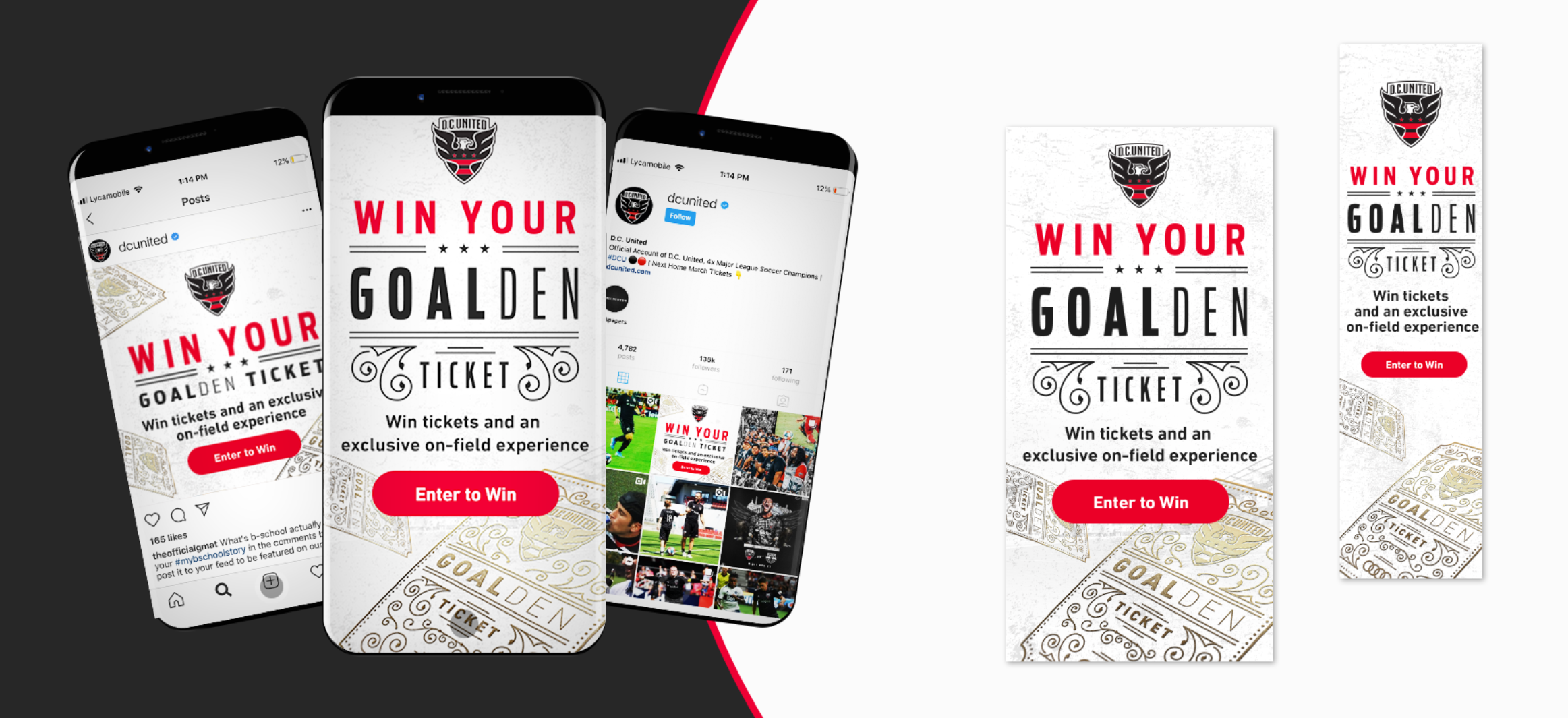
Key Elements of an Effective Personalized Rewards Program
Designing a successful personalized rewards program requires a careful balance of data, creativity, and strategy. Here’s how you can get started:
1. Understand Your Customers’ Preferences
Personalization starts with a deep understanding of your customers. The more data you can gather about their behaviors, preferences, and purchasing habits, the more tailored and relevant your rewards can be. Leverage data analytics to track what products or services each customer is most interested in, their frequency of interaction, and any other insights that can inform personalized offerings.
For instance, if you notice a customer frequently purchases specific items, offering rewards related to those products—or even personalized recommendations—will feel much more relevant than a generic discount on unrelated merchandise.
2. Segment and Customize Rewards
Not all customers are the same, so your rewards shouldn’t be either. Implement customer segmentation to categorize users into distinct groups based on behaviors, preferences, or purchasing history. Then, create customized rewards that appeal to each group.
For example, loyal customers who consistently spend above a certain threshold could be offered exclusive VIP rewards like early access to new products or events. On the other hand, customers who haven’t engaged recently might receive personalized offers to reignite their interest, such as discounts on products they’ve shown interest in previously.
3. Offer Flexible Redemption Options
One common frustration customers have with rewards programs is the rigidity of redemption options. To maximize engagement, offer flexibility in how and when customers can use their rewards. Personalized offers, such as time-limited discounts on products they love or points they can use across a variety of categories, give customers more freedom to choose the rewards that matter most to them.
This flexibility makes your program more appealing and gives customers more reasons to engage with your brand regularly.
4. Incorporate Gamification
Gamification is a powerful way to keep customers engaged with your loyalty program. By adding an element of fun and competition, you can motivate customers to earn more rewards. Personalization can take this further by tailoring the gamified experience to each user’s preferences.
For instance, creating challenges or missions that align with a customer’s interests (e.g., completing a series of purchases in a product category they favor) can make the experience more enjoyable and encourage continued participation.
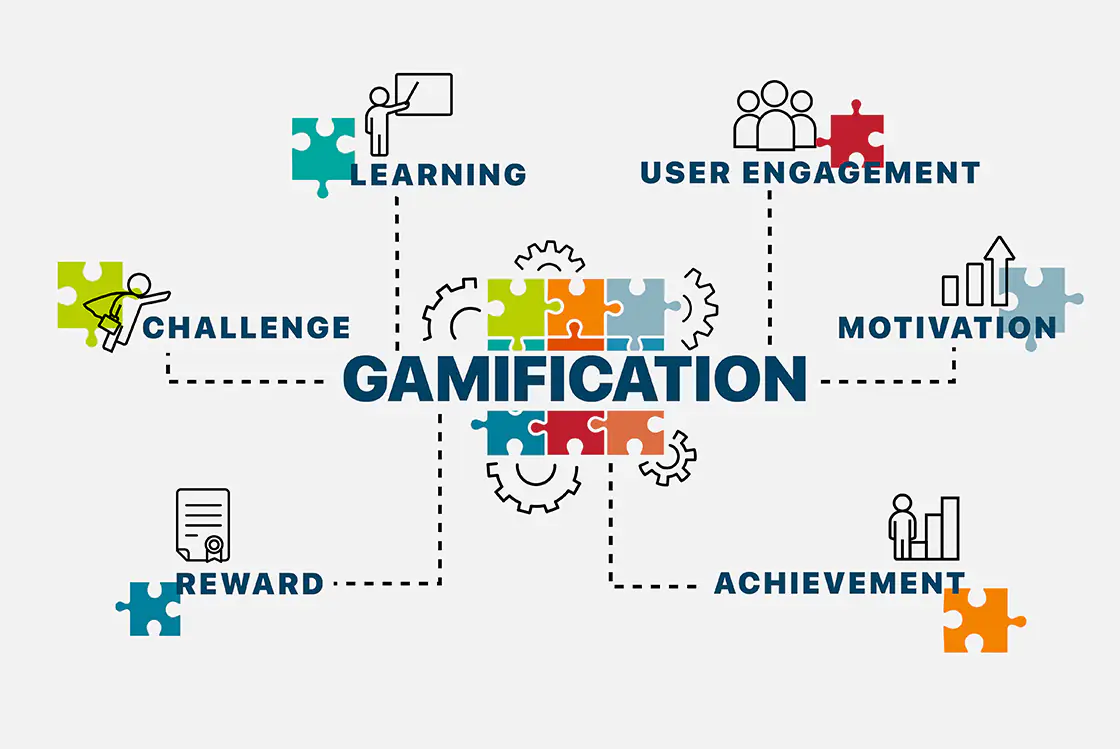
The Benefits of a Well-Designed Personalized Rewards Program
When customers feel recognized and rewarded in a meaningful way, it fosters a strong emotional connection with your brand. This connection translates into tangible business benefits, including:
- Increased Customer Retention: Personalized rewards programs keep customers engaged and incentivize repeat purchases, reducing churn and increasing retention over time.
- Higher Lifetime Value: Engaged, loyal customers tend to spend more. Offering personalized rewards based on purchasing habits encourages customers to keep interacting with your brand, resulting in a higher lifetime value.
- Word-of-Mouth Referrals: Customers who feel special and valued are more likely to recommend your brand to others. Personalized loyalty programs help create brand advocates who spread the word, driving new customer acquisition through referrals.
Implementing Your Own Personalized Rewards Program
Implementing a personalized rewards program may seem complex, but with the right tools and strategy, it can transform customer engagement and brand loyalty. Start by integrating data-driven insights to understand your audience, then build a rewards system that feels personal and relevant to each customer.
At Bluetext, we specialize in helping brands create loyalty programs that drive customer retention and build emotional connections. Whether you’re looking to launch a new program or refine an existing one, we can help you design and implement a personalized rewards strategy that delivers results.
Conclusion
In an era where customer loyalty is becoming harder to earn, personalized rewards programs offer a unique way to build long-lasting relationships with your audience. By offering relevant, tailored incentives that speak directly to individual customers, you not only increase retention but also foster a sense of belonging and brand affinity.
If you’re ready to take your customer loyalty strategy to the next level, Bluetext can guide you in designing and launching a personalized rewards program that enhances your brand’s connection with its customers. Contact us today to learn more!
As the gaming industry continues to grow, it’s becoming one of the most promising avenues for brand exposure. In-game advertising, once a niche strategy, has evolved into a powerful tool for marketers looking to reach highly engaged, diverse audiences. At Bluetext, we’ve seen first-hand how brands can capitalize on this trend to build awareness and connect with consumers in a unique, immersive environment. Here’s a closer look at in-game advertising, its effectiveness, and how brands can tap into the gaming market.
The Rise of In-Game Advertising
The gaming industry now rivals the film and music industries in terms of revenue, with billions of players globally. This makes it an appealing space for advertisers. Gamers spend hours immersed in virtual worlds, offering brands the chance to engage audiences where they are most attentive. The rise of mobile gaming, eSports, and virtual reality (VR) has only expanded these opportunities, creating more diverse ad placements that can be seamlessly integrated into gameplay.

Types of In-Game Advertising
- Static In-Game Ads
These are non-interactive advertisements that are built directly into the game environment. Think of billboards, posters, or branded elements within a game’s virtual world. These ads are often baked into the game’s design, allowing them to blend naturally without interrupting gameplay. Sports and racing games, for example, frequently incorporate real-life ads into stadiums or on vehicles. - Dynamic In-Game Ads
Unlike static ads, dynamic in-game ads are flexible and can be updated in real-time. This allows brands to change messaging or switch out ads based on factors like region, time of day, or player demographics. These ads are typically served via programmatic platforms, making it easy for marketers to optimize performance throughout a campaign. - Advergaming
Some brands take it a step further by creating their own custom games—known as advergames. These games are designed specifically around a brand’s products or services. While this requires more investment, it can result in deeper engagement, as players interact with branded content for extended periods. - Rewarded Ads
A popular option in mobile games, rewarded ads offer players in-game incentives—like extra lives or bonus points—in exchange for watching an ad. This ad format benefits both players and advertisers: players get rewards, and brands get guaranteed views. It’s a non-intrusive way to serve ads, as players voluntarily opt-in, creating a more positive experience. - In-Game Product Placement
Product placement is common in TV and movies, but it’s also gaining traction in the gaming world. This method involves placing real-world products or brand elements directly into gameplay. A notable example includes branded cars in racing games or having a well-known soft drink appear as an interactive item. This subtle form of advertising can make brands feel more integrated into the gaming experience.

Effectiveness of In-Game Advertising
In-game advertising offers brands several key advantages. For one, gamers are deeply engaged with the content they’re playing, meaning ads placed in these environments are more likely to be noticed and remembered. Studies have shown that in-game ads often lead to higher brand recall and positive brand associations. Moreover, the flexibility of dynamic ads allows for hyper-targeted messaging, ensuring that brands are reaching the right audience at the right time.
Additionally, in-game ads are non-intrusive compared to other digital ads. Since they are part of the gaming environment, they don’t disrupt the user experience. This makes them more palatable to audiences who are increasingly resistant to traditional ads like banners or pre-roll videos.
How Brands Can Tap Into the Gaming Market
To effectively tap into the gaming world, brands need to understand the unique dynamics of this community. Authenticity is key—gamers can quickly spot inauthentic or forced marketing attempts. Brands that take the time to learn about gaming culture and integrate their ads in a way that adds value to the experience are more likely to see success.
Additionally, brands should consider partnering with popular game developers or streamers to create custom content or sponsor events. Influencer marketing in gaming has become a powerful way to connect with large, engaged audiences. Partnering with well-known gaming influencers or streamers can help boost credibility and trust among gamers.

In-Game Advertising: A Powerful Marketing Strategy
In-game advertising is no longer just a novel concept—it’s a powerful marketing strategy that can help brands connect with diverse, engaged audiences in a way that feels natural and engaging. At Bluetext, we specialize in helping brands navigate the gaming landscape, leveraging data-driven insights and creative ad placements to build lasting connections with gamers. Ready to level up your advertising strategy? Let’s talk about how in-game advertising can work for your brand.
Whether you’re a reader or a listener, we’ve got you covered! Listen to the podcast version of this post for a fresh take.
As brands increasingly compete for attention, delivering immersive experiences has become essential. At Bluetext, we believe Augmented Reality (AR) and Virtual Reality (VR) offer untapped potential for transforming video content into interactive, engaging experiences. Let’s explore how incorporating AR and VR into your video strategy can captivate your audience and drive meaningful engagement.
Why AR and VR?
Both AR and VR bring depth and interactivity to traditional video formats. AR overlays digital elements onto the real world, allowing users to experience enhanced realities through their mobile devices or smart glasses. VR, on the other hand, transports viewers into entirely new environments using headsets, creating fully immersive experiences. By combining these technologies with video content, brands can engage customers on a deeper level, offering them an experience they won’t forget.

1. AR in Video Content: Layered Engagement
Integrating AR into video content allows for a layered experience. Imagine viewers scanning a video with their smartphone and accessing additional product details, 3D models, or virtual try-ons. This technology enables personalized and interactive customer journeys, which can significantly increase engagement and conversion rates. For example, a retail brand could showcase a video of a new product line, while AR allows users to visualize the items in their own space, bringing an added sense of practicality and excitement to the viewing experience.
2. VR in Video: Full Immersion
VR, while requiring more specialized equipment, offers a fully immersive environment that can revolutionize customer experiences. This technology is particularly effective in industries like real estate, travel, and entertainment, where the ability to transport viewers into another location or scenario can influence purchasing decisions. Imagine walking through a luxury hotel suite or exploring a new car model without leaving your home. VR allows your audience to interact with your product in an unparalleled way, turning passive viewing into an active experience.
3. Best Practices for AR and VR Integration
- Understand Your Audience: Not all customers are ready for AR or VR experiences, so it’s crucial to gauge their tech savviness before implementation.
- Focus on Storytelling: AR and VR should complement your narrative, not overshadow it. The content must remain engaging and relevant to your audience.
- Optimize for Platforms: Ensure that your AR and VR content is optimized for the platforms your audience uses most, such as mobile devices or VR headsets.
- User Experience First: Don’t overload users with too many interactive elements. The goal is to enhance the experience, not complicate it.
The Bottom Line
The future of video content lies in creating immersive and engaging experiences that go beyond the traditional screen. AR and VR provide the perfect tools to do just that. By incorporating these technologies, brands can deliver innovative, memorable content that resonates with their audience and drives higher levels of engagement. At Bluetext, we specialize in helping companies leverage cutting-edge technologies like AR and VR to enhance their video strategies and create unforgettable customer experiences.
Even though the weather still feels like summer, now’s the perfect time for businesses to start developing their fall marketing strategies. For B2B companies, seasonal marketing is often underutilized, but it can offer a significant edge in building connections, driving engagement, and generating leads. As we transition into autumn, the season brings a host of opportunities for businesses to create timely, impactful campaigns that resonate with their audience.
At Bluetext, we know how powerful seasonal campaigns can be in the B2B world. From autumn-themed promotions to messaging aligned with the traditions of fall, companies that strategically plan their marketing initiatives around this season can stand out in a competitive marketplace.
1. Back-to-Business: Align with the Post-Summer Push
As we move out of the summer slowdown, many businesses are refocusing on year-end goals. This presents an ideal time to target decision-makers who are getting back into full swing. Position your services or products as tools to help companies finish the year strong. Consider launching Q4-specific campaigns that emphasize solutions for increased productivity, streamlining operations, or hitting revenue targets before the close of the fiscal year.
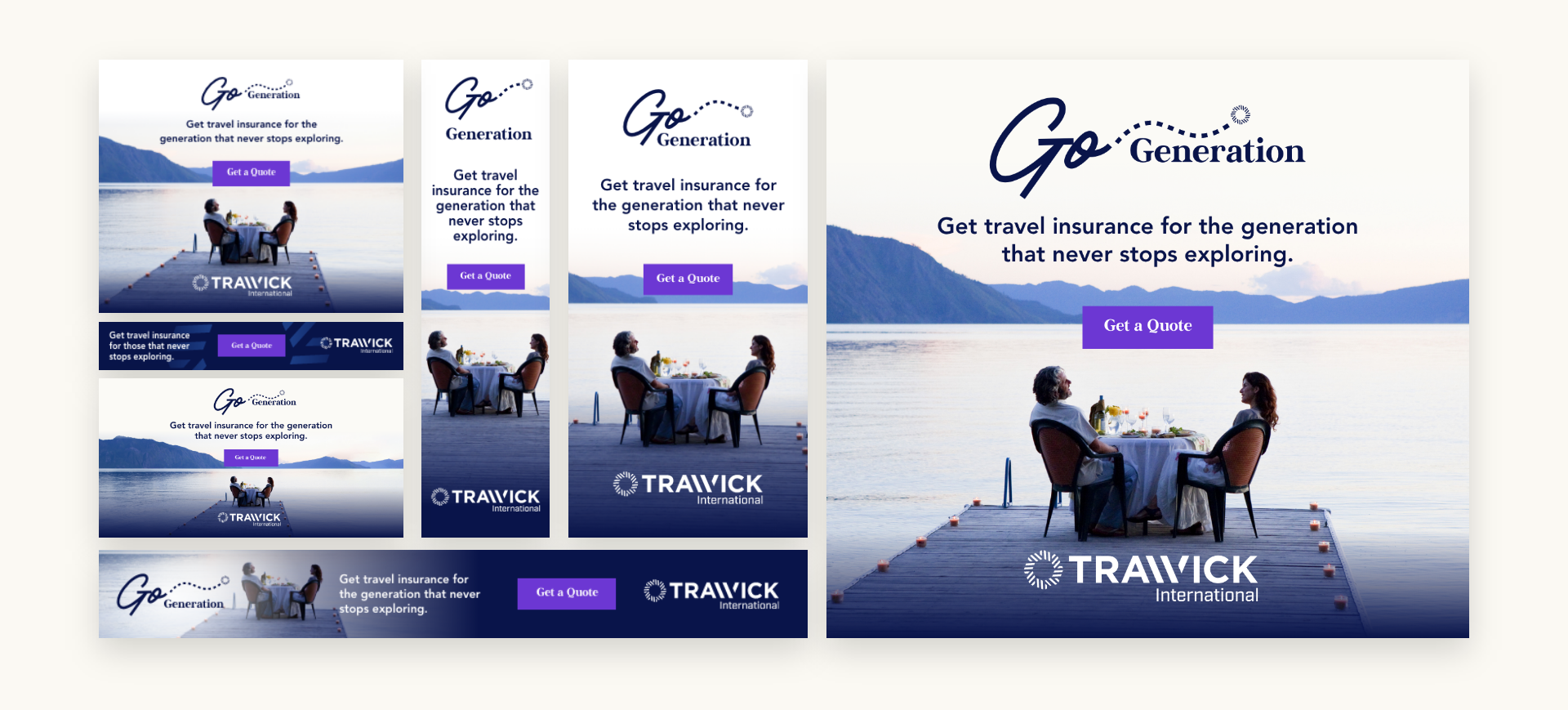
2. Leverage Fall Conferences and Trade Shows
Autumn is a key season for B2B events, including trade shows, conferences, and networking opportunities. Make sure your marketing aligns with the industry calendar. A targeted email campaign or social media strategy that ties your offerings to specific events can help you capture the attention of potential clients. You can also create fall-themed content for event collateral, such as white papers or case studies, that highlights your ability to meet the changing needs of businesses during this crucial period.
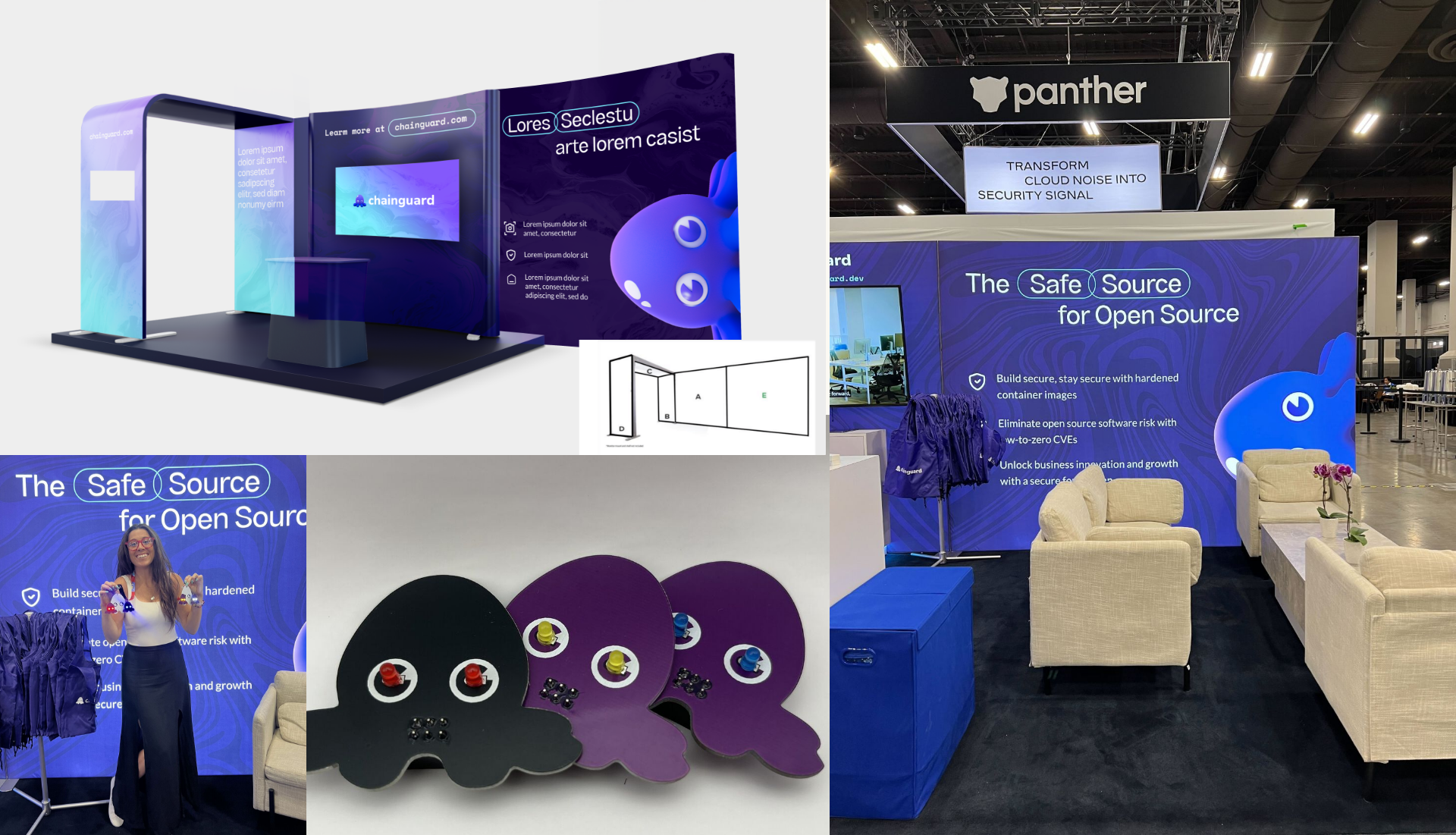
3. Seasonal Content that Engages and Educates
B2B buyers are often looking for informative, insightful content to guide their decisions. Align your thought leadership with fall trends by publishing articles, case studies, or webinars that focus on Q4 challenges and solutions. Highlight industry-specific insights that show how your business can help others adapt to seasonal shifts, budget reallocation, or end-of-year planning. For example, you could create content about optimizing operations ahead of the holiday rush or preparing for the following fiscal year.
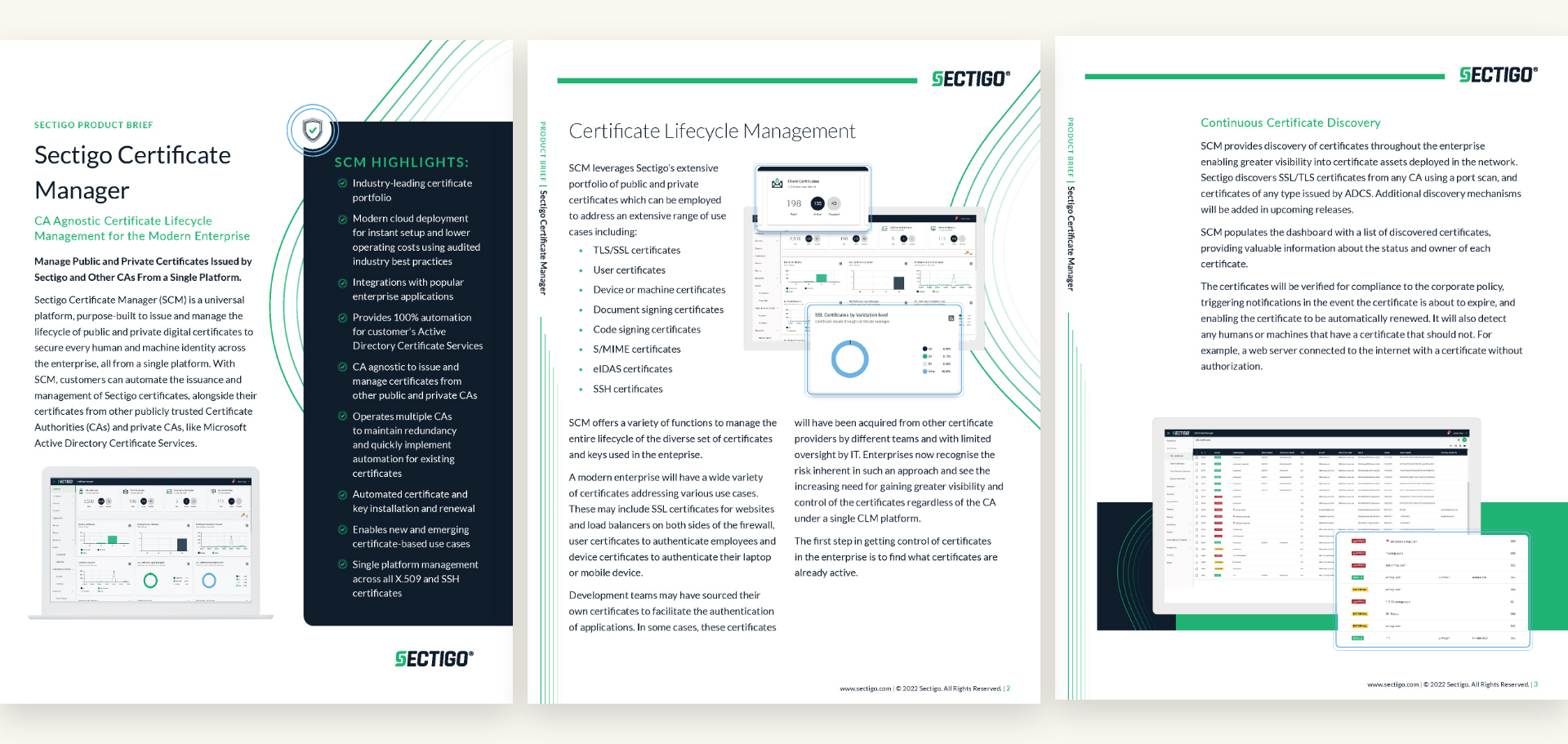
4. Harvest Opportunities: Focus on End-of-Year Business Needs
As fall signals the final quarter, many businesses are re-evaluating their budgets and making strategic purchases to close out the year. This is the perfect opportunity for B2B companies to promote services or products that address immediate needs. Consider offering limited-time pricing or service bundles that provide value before the year-end. Highlight how your solutions can help businesses tackle Q4 objectives, such as streamlining operations, achieving compliance, or meeting customer demands before the calendar flips.
5. Embrace Fall Traditions and Themes
While B2C brands often lean into seasonal aesthetics, B2B companies can also incorporate fall themes into their messaging. Subtle touches, such as incorporating fall colors, seasonal imagery, or metaphors about the harvest and growth, can make your campaigns more relatable and engaging. For instance, you could develop a campaign around “reaping the rewards” of your business solution or helping clients “gather insights” to fuel future growth.
As summer starts to wind down, it’s the perfect time to start planning your autumn-inspired marketing strategies. By leveraging fall themes, traditions, and the changing season, your brand can stay top of mind and create meaningful connections with your audience. Need help developing a fall campaign that drives engagement? Bluetext is here to help you navigate the season with creativity and success. Contact us today.
The era of space travel being the exclusive domain of astronauts and government agencies is over. With the advent of commercial space travel, a new frontier has opened, not just for exploration but also for marketing and branding. As companies like SpaceX, Blue Origin, and Virgin Galactic make space travel more accessible to the public, brands have a unique opportunity to capitalize on this emerging industry. However, with these opportunities come new challenges that require innovative strategies and forward-thinking approaches.
The Dawn of Commercial Space Travel
The commercialization of space travel has shifted from science fiction to reality. Private companies are now regularly launching satellites, conducting space tourism, and planning missions to the Moon and Mars. This shift is creating a new marketplace—one that is not bound by the limits of Earth.
For brands, this means there’s a new, almost limitless, platform for visibility. The allure of space travel captures the imagination of people around the world, making it a powerful tool for storytelling, brand positioning, and customer engagement.
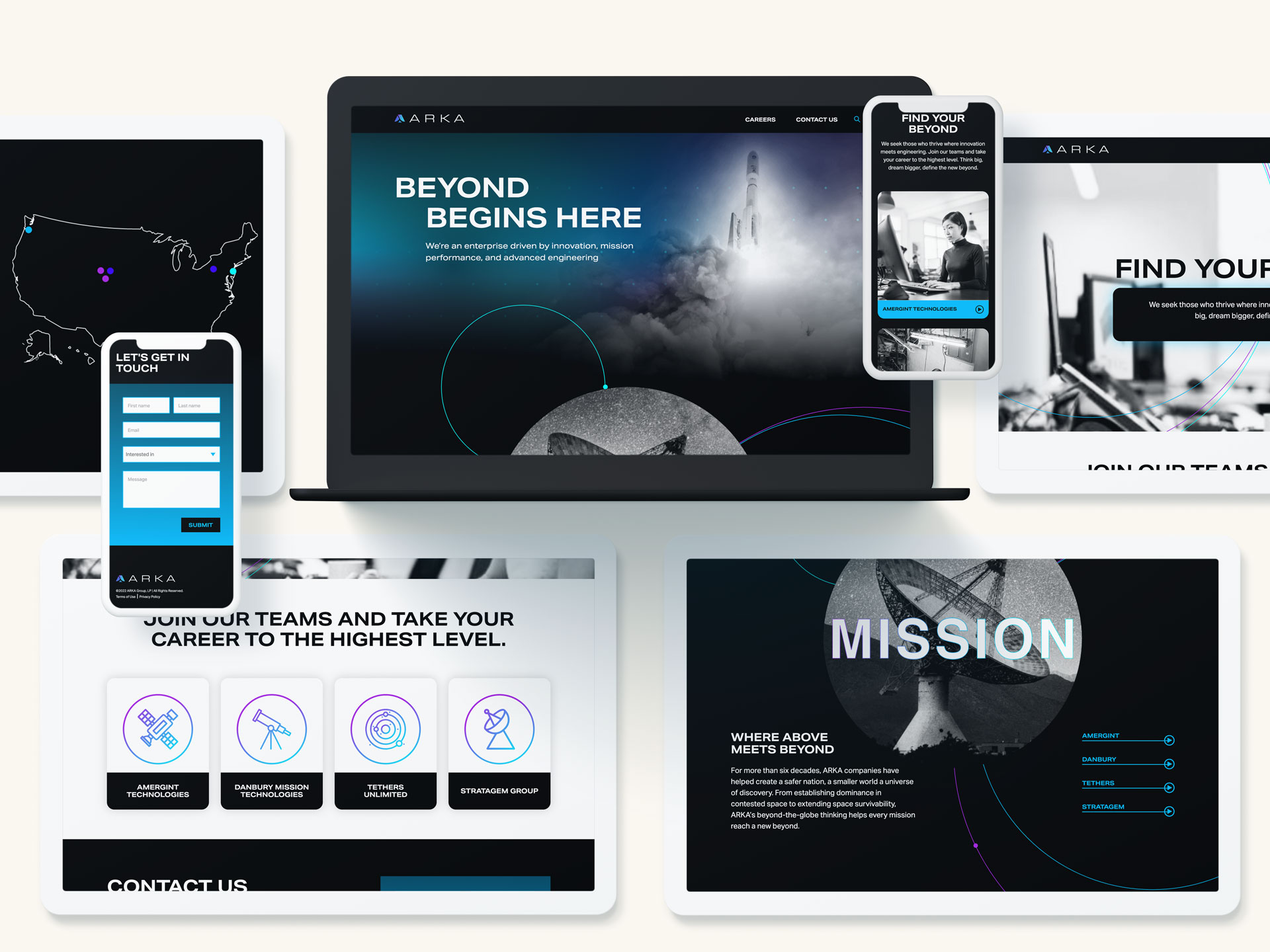
Marketing Opportunities in the Space Age
- Space as a Branding Platform: Imagine your brand logo floating in zero gravity or being displayed on the surface of the Moon. While it may sound far-fetched, these ideas are becoming increasingly feasible. Brands can now consider space as a literal platform for their messaging. For instance, SpaceX has already sent a Tesla Roadster into space as a marketing stunt, capturing global attention. The possibilities for creating iconic, out-of-this-world brand experiences are endless.
- Sponsorships and Partnerships: As commercial space missions become more frequent, brands have the opportunity to sponsor missions, spaceflights, or even entire space stations. These partnerships can provide unparalleled visibility and align a brand with the pioneering spirit of space exploration. Brands that are early adopters of these sponsorship opportunities can position themselves as leaders in innovation and technology.
- Content Creation and Storytelling: The narrative of space travel is rich with themes of exploration, discovery, and the future. Brands can tap into these themes to create compelling content that resonates with their audience. Whether it’s documenting a space mission, creating VR experiences that simulate space travel, or developing educational content about the cosmos, the storytelling potential is immense. This content can help brands connect with audiences on a deeper emotional level, fostering brand loyalty and engagement.
- Marketing to a New Demographic: As space tourism becomes more accessible, a new demographic of affluent, adventurous individuals is emerging. These space tourists represent a niche but lucrative market for luxury brands, travel companies, and experience-based services. Marketing strategies that cater to this audience’s desire for unique, exclusive experiences can be highly effective.

Challenges in the New Space Economy
While the opportunities are exciting, marketing in the realm of space travel also presents significant challenges. Brands need to navigate these carefully to ensure successful campaigns.
- Regulatory and Ethical Considerations: Space is a shared resource, and the regulatory environment governing space activities is still evolving. Brands need to be mindful of the ethical implications of their marketing strategies in space. This includes avoiding space debris, respecting international space laws, and considering the environmental impact of space activities. Missteps in this area could lead to public backlash and damage to brand reputation.
- High Costs and Risk Factors: Entering the space economy requires significant investment. Whether it’s sponsoring a space mission or creating space-themed content, the costs can be astronomical. Additionally, space travel involves inherent risks. Brands need to weigh these risks carefully and develop contingency plans to mitigate potential negative outcomes, such as mission failures or accidents.
- Audience Reception and Perception: While space travel is fascinating to many, it can also be seen as an elitist pursuit, accessible only to the wealthy. Brands need to be cautious about how their space-related marketing efforts are perceived by the broader public. Messaging should be inclusive and emphasize the benefits of space exploration for all of humanity, rather than just a privileged few.
- Technological and Logistical Challenges: Marketing in space requires overcoming significant technological and logistical hurdles. Whether it’s broadcasting live from space, designing durable materials that can withstand harsh space conditions, or coordinating with space agencies, the challenges are complex. Brands need to partner with experts in the space industry to ensure the feasibility and success of their campaigns.

The Future of Marketing in Space
As space travel becomes more mainstream, the impact on marketing and branding will only grow. In the near future, we may see space-based advertising, cosmic product placements, and even the first brands established in space. For companies willing to invest in this new frontier, the rewards could be immense.
However, the key to success will be innovation, creativity, and a deep understanding of both the opportunities and challenges that come with marketing in space. Brands that can navigate this uncharted territory effectively will not only capture the imaginations of consumers but also position themselves as pioneers in a truly new era of marketing.
At Bluetext, we’re excited about the possibilities that space travel presents for brands. Our team is committed to helping you explore this final frontier of marketing, developing strategies that align with your brand’s goals and resonate with your audience. Contact us today to learn how we can help your brand reach for the stars—literally.
